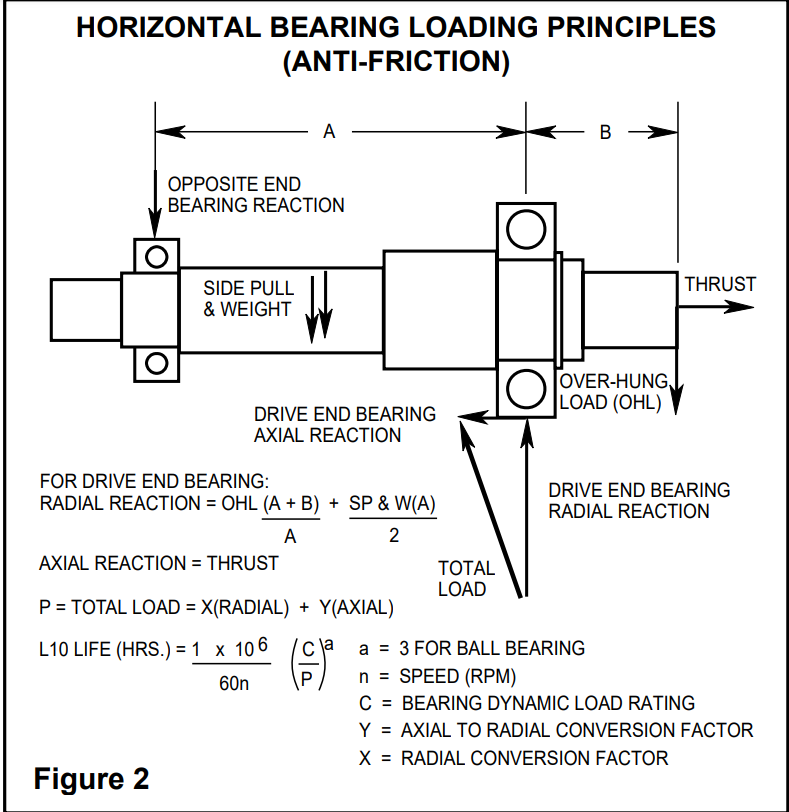Contents
Understanding Bearing and Shaft Failures in Electric Motors: Causes, Analysis, and Prevention

TO Download this post and all the books and excel sheets and my personal notes and presentations I collected about cement industry in the last 30 years click the below paypal link
Introduction
Bearing and shaft failures are significant concerns in the operation of electric motors, particularly in industrial settings. These failures can lead to costly downtime and extensive repairs. Understanding the root causes, analysis techniques, and preventive measures is crucial for maintaining motor efficiency and longevity.
Section 1: Overview of Bearing Failures
Bearing failures account for a majority of motor failures in industrial applications, with statistics indicating that they represent 50% to 65% of all motor failures. These failures often stem from a variety of stress factors, including dynamic and static loading, thermal influences, vibration, environmental conditions, and electrical currents.
The prediction of bearing life, known as L10 life, is a critical aspect of motor maintenance. L10 life refers to the estimated operating time during which 10% of a large population of bearings can be expected to fail due to fatigue. Understanding this concept helps in planning maintenance schedules and preventing unexpected downtimes.
Section 2: Bearing Stress Analysis
Bearings in electric motors are subjected to multiple types of stress, which can lead to premature failure if not properly managed. These stresses include:
- Dynamic and Static Loading: Resulting from operational loads and the weight of the components.
- Thermal Stress: Due to temperature fluctuations during motor operation.
- Vibration and Shock: Common in industrial environments, causing wear over time.
- Environmental Stress: Factors like moisture, dust, and contaminants affecting bearing performance.
- Electrical Currents: Shaft-to-ground currents that can lead to bearing damage, especially in motors driven by PWM inverters.
Each of these stress types must be managed within the design capabilities of the bearing system to prevent early failure.
Section 3: Bearing Failure Patterns and Detection
Detecting and analyzing bearing failures involves identifying specific failure patterns, such as:
- Fatigue Spalling: Surface damage due to cyclic stress, leading to flaking and eventual failure.
- Fretting: Wear caused by repeated small movements at the bearing contact points.
- Lubrication Failure: Resulting from inadequate or improper lubrication, leading to increased friction and heat.
A systematic approach to failure analysis includes examining the failure mode, failure pattern, the appearance of the bearing, application details, and maintenance history. This methodology allows for accurate identification of the root cause and implementation of corrective actions.
Section 4: Shaft Failures in Electric Motors
Shaft failures, though less common than bearing failures, can be highly destructive. They typically result from a combination of mechanical stresses, including:
- Overhung Load and Bending: Causing fatigue fractures over time.
- Torsional Load: Resulting from twisting forces, leading to torsional fatigue.
- Axial Load: Excessive axial forces that can cause bearing and shaft damage.
These stresses can be exacerbated by factors such as improper material selection, manufacturing defects, or operational conditions outside the motor’s design specifications. Understanding these failure modes is essential for preventing catastrophic motor failures.
Section 5: Case Studies and Practical Examples
To illustrate these concepts, let’s consider a few practical examples:
- Overhung Load Failure: A motor shaft subjected to excessive overhung load due to improper coupling alignment eventually experiences bending fatigue, leading to a fracture.
- Torsional Fatigue: A motor operating under high torsional loads without adequate design considerations suffers from repeated torsional stress, resulting in shaft failure.
These examples underscore the importance of proper design, installation, and maintenance practices in preventing motor shaft failures.
Section 6: Preventive Measures and Best Practices
To minimize the risk of bearing and shaft failures, the following best practices should be implemented:
- Proper Lubrication: Use the correct type and amount of lubricant, and follow recommended re-lubrication schedules.
- Accurate Alignment: Ensure proper alignment of the motor and driven equipment to avoid undue stress on bearings and shafts.
- Material Selection: Choose materials with appropriate properties for the operating conditions, particularly in high-stress environments.
- Regular Monitoring: Implement routine inspections to detect early signs of wear, vibration, or temperature changes that could indicate impending failure.
- Adherence to Design Specifications: Operate the motor within its design parameters to prevent overloading and other stress-related issues.
By adhering to these practices, the likelihood of premature failures can be significantly reduced, ensuring longer motor life and reduced maintenance costs.
Conclusion
Understanding the causes and analysis of bearing and shaft failures is vital for anyone involved in the operation and maintenance of electric motors. By applying the insights provided in this post, maintenance teams can effectively diagnose issues, implement preventive measures, and ultimately extend the operational life of their motors.
References
- Bonnett, A. H., & Soukup, G. C. (1997). The Cause and Analysis of AC Induction Motor Failures.
- SKF (1989). New Life Handbook.
- Sachs, N. (1993). Failure Analysis of Mechanical Components. Maintenance Technology.
TO Download this post and all the books and excel sheets and my personal notes and presentations I collected about cement industry in the last 30 years click the below paypal link
